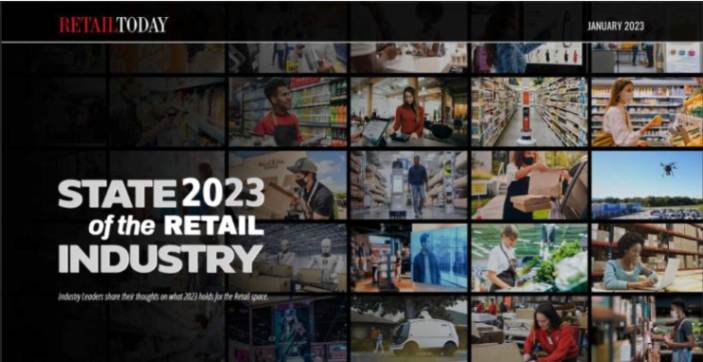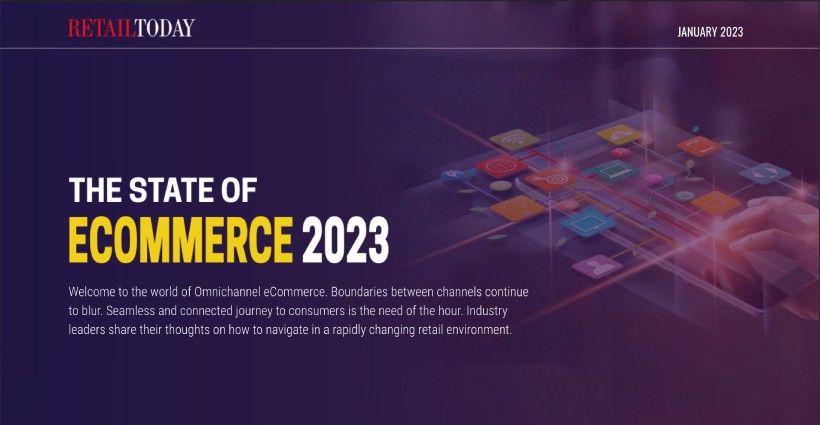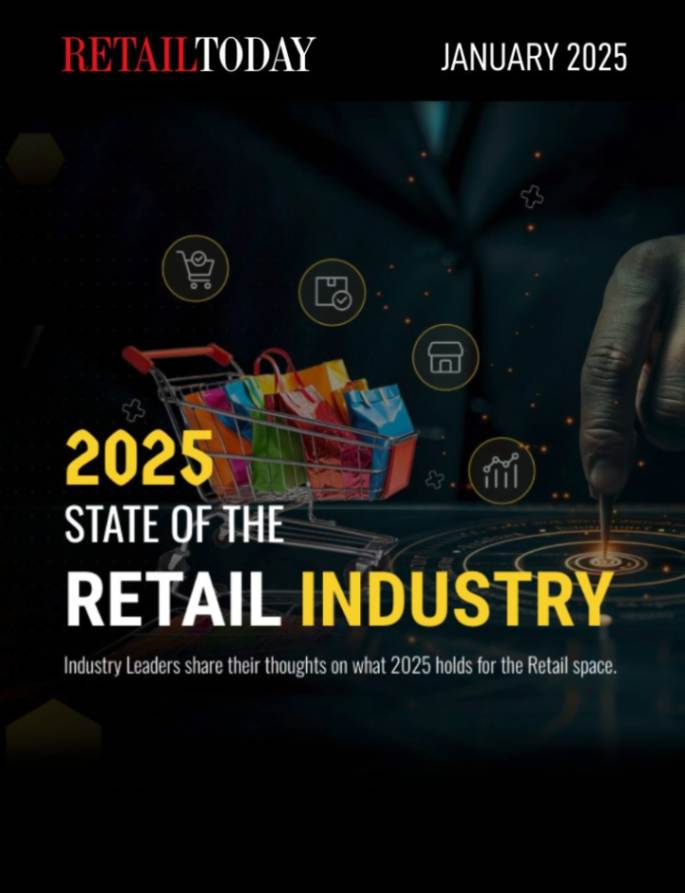
The 2024 holiday season is rapidly approaching, and retailers should prepare for a dynamic and competitive market environment. With some economic uncertainties impacting consumer confidence, retailers must leverage their strengths and adapt to the changing preferences and expectations of their customers.
Retailers ready for the upcoming holiday rush have reason to be optimistic. Projections from the National Retail Federation suggest a 2.5% to 3.5% increase in retail sales for 2024, potentially totaling around $5.2 trillion to $5.3 trillion.
This festive season is expected to witness a surge in e-commerce and omnichannel strategies, fueled by evolving shopping patterns and ongoing inflationary impacts. Preliminary trends indicate that shoppers may begin their holiday purchases sooner than in past years, with promotional activities kicking off as early as October.
While economic factors like inflation and wage growth will play a significant role in shaping consumer spending, the holiday season is still expected to be positive for retailers. To succeed in this period of high consumer demand, retailers should look to do the following:
Be the early bird
This year, the period between Thanksgiving and Christmas spans just 27 shopping days, creating a shorter than usual timeframe for both retailers and consumers. This condensed timeline could exacerbate existing challenges, including supply chain and fulfillment issues. In previous years, including 2019, retailers adapted their strategy by extending store hours and kicking off sales campaigns early.
Retailers planning to attract 2024 holiday shoppers should initiate outreach efforts earlier this year. Research shows that while consumer spending slows down pre-Thanksgiving, it surges post-holiday, with the highest activity on Black Friday and Cyber Monday. Retail strategies should adapt and act early to effectively manage – and capitalize on – the anticipated spike in demand.
Social commerce is also poised to play a significant role in the retail landscape this holiday season. Globally, social commerce sales are expected to surpass $1 trillion, with the holiday season being a key driver of this growth. Nearly 54% of Gen Z shoppers and 45% of Millennials are expected to use social media for holiday shopping, emphasizing the importance of targeting these platforms for early promotions.
Businesses that utilize data analytics to predict consumer trends, refine pricing strategies, and tailor marketing campaigns well before the festive rush will likely see the most significant gains during the peak shopping time.
Lead with your best deals
A condensed holiday season means a limited period for retail businesses to meet their sales targets. It’s imperative for these businesses to accelerate their personalized marketing efforts and entice customers with their best offers well before the post-Thanksgiving rush. Although some may prefer a gradual approach to increasing promotional activities, retailers who present their most attractive deals earlier will gain the advantage of heightened consumer attention.
Personalization strategies have expanded across various channels as consumers navigate physical, digital, social and live-streaming platforms to shop. As digital commerce and personalization strategies accelerate, cybersecurity is crucial to keep consumers’ personal information safe. There is a growing emphasis on preventative cybersecurity strategies empowered by rich consumer data, enabling personalized experiences. Personalization empowers compelling offers, value and customer engagement to build a loyal consumer community.
Caution around inflation may still impact spending habits, with consumers prioritizing essential items and looking for value. While this could result in lower overall holiday spending on non-essential items, shoppers will be more likely to seek discounts and deals. Communicating these personalized offers early, at scale, well before Black Friday will be key.
Shore up your supply chain
“Out of stock” isn’t acceptable to today’s consumers. Retailers must have reliable inventory systems to support increased promotions and offers during the holiday season. Global economic challenges, such as supply chain issues and geopolitical conflicts, have impacted product availability. By investing in real-time inventory tracking capabilities, retailers can ensure they plan carefully to avoid stockouts and meet demand while helping to support better demand forecasting in the future.
Given the importance of fast and reliable delivery during the holiday season, investing in last-mile delivery solutions—whether through partnerships with logistics providers or developing in-house capabilities—can also improve customer satisfaction during high-demand periods.
Flip the script on returns
The rate of product returns has increased in recent years, reaching nearly 15 percent in 2023. Today’s consumers expect the highest level of convenience on each purchase, with options ranging from BOPIS (buy online and pick up in-store) to curbside pickup and same-day shipping. It’s no surprise that returns, historically one of the biggest pain points in retail, are the new frontier of customer satisfaction and convenience. Retailers aiming to keep loyalty high and minimize customer irritation must provide an easy and smooth return process.
Sellers should also gather data on the reasons for returns to help guide customers’ purchasing decisions and reduce the probability of future returns, especially during the high-demand holiday months. Collecting and displaying feedback on fit, sizing or other helpful product characteristics is no longer just the exception; it’s the rule. These insights can be used as data for AI-driven personalization, helping retailers offer tailored recommendations and dynamic pricing.






